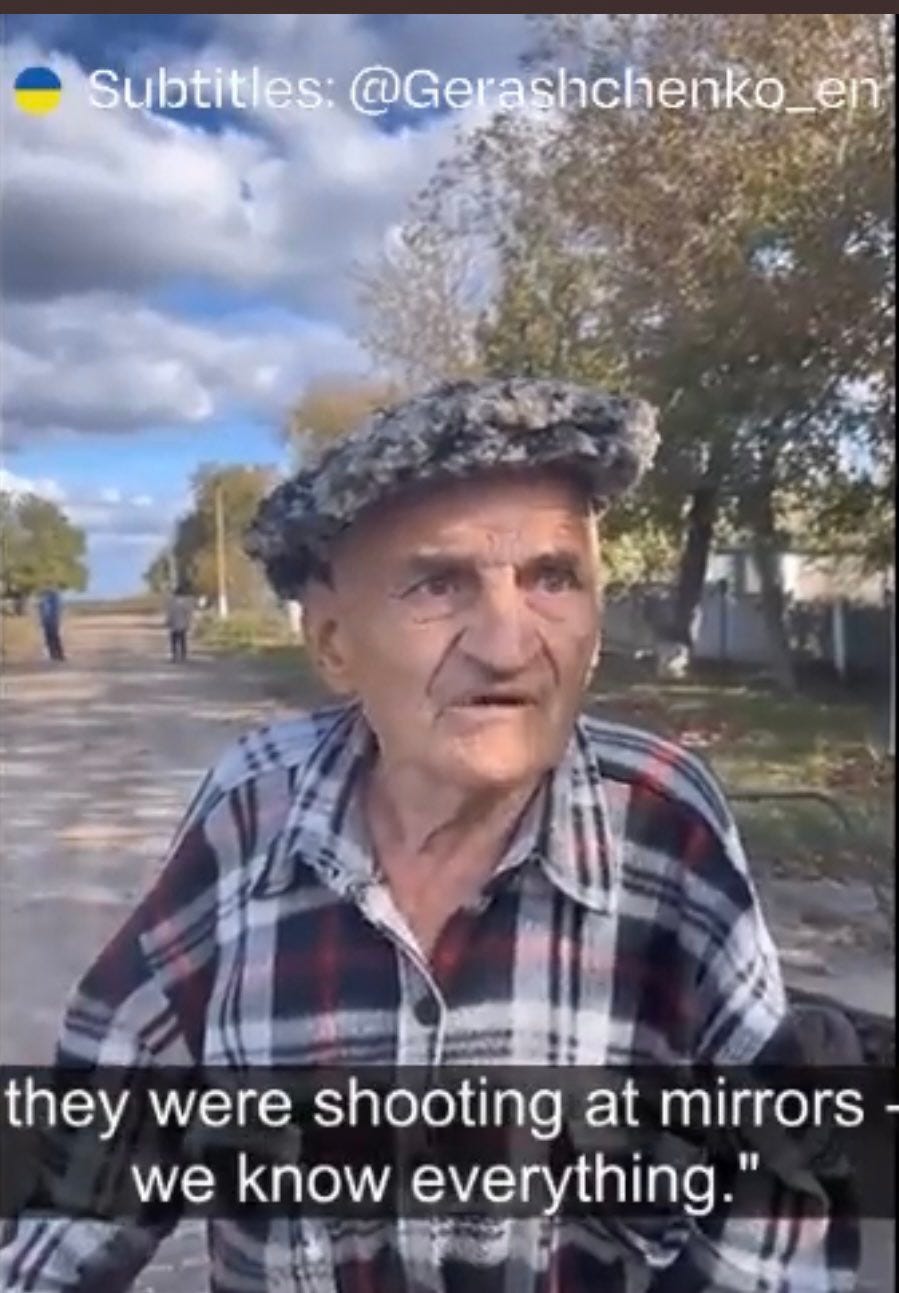Meta-Power of Mana (1) -
Is There A Matrix / Truman Show-like Metaphor In Our Mythological Corpus?

What is Truman Show, but a mirror, means, medium through which to perceive our own lives/society.
Astute readers will note that “Truman” is an M-N- word. But we’ll come back to this in further posts.
Cameras and idea of a staged TV set is contemporary because that's our age's technology.
And the form (reality TV show in which naif players don't understand they're acting (c.f. Matrix)) is a contemporary form.
Its essence though is a mirror through which we learn about our own society/ourselves.
"A play within a play" is a recognised sub-genre in relatively contemporary literature.
Perhaps we can look at Mythology as a mirror?
@QUBelfast's J.P. Mallory (greatest living Indo-European linguist and Indo-European archaeologist) has shown (in "In Search of the Irish Dreamtime") beyond all reasonable doubt that:
The stage settings and material culture (technology, building types, chariots, weapons, kitchen ware, roadways, geographies, etc.) in Irish mythology (Europe's oldest vernacular literature) - to the extent that it's clearly enough described in the stories to be able to securely identify its characteristics - is, almost wholly, representative of the era in which the mythology was first written down.
The stories represent themselves in themselves as being from an era around 800-1000 years before they're first written down.
Yet the archaeological record in Ireland at the time the stories supposedly took place does not correspond to the items and props in the stories themselves (annoyingly).
It's clear the stories and the deep layers of structure are very very old from a proto-Indo-European corpus (we know this because of too many correspondences between, say, Irish mythology and early Indian stuff for it to be coincidental).
But the "clothes" "medium" through which the stories are told are contemporary with the fili/monks who wrote them down.
So in a way these stories settings are a mirror of a world roughly contemporaneous to the time they're first recorded (like Truman show) and they mirror a deep past (their meaning).
Going more granularly into the substance of the units of which stories consist images, words, sounds:
Such "media" through which we interact are ONLY thick meshes of mirrors (disinfolklore.org).
We use the word "metaphor" (Metis (measure/means/medium) + Phar (light)) to describe how this works.
"Truman Show" is a metaphor (light means) for this fundamental mirroring process at social level (macro) that also operates at the level of images, words, sounds as signifiers of difference in the micro individuals' realm (as well as at the molecular level (say inside our heads)).
Before we had TV, we had books or songs or poetry and they often used "Utopias" through which to tell a story about the present: Utopia, Gulliver's Travels, Plato's Cave, St Augustine's "perfect city of God," the first Grail tales onwards (Chretienne de Troyes) up to Monty Python.
So the Over Story in this sense is the mirror/stage setting/literary genre/"clothes"/words (corresponding to a reality tv show in which lessons about how to live are communicated).
Finally, to the words and sounds we use to express these ideas:
It kind of (again mysteriously) goes back to some fundamental sounds the first Ancient Ukrainian Indo-Europeans used:
Meh1 for "measure" goes into "Mehnot" (moon as a measuring instrument - its function) (measure, means, memory); then...
Allu (pre-Indo-European / proto-Nosratic) for "shine" + mehnot (quality of the moon.
"Meaning" shines through words that's what meaning is) and appears 6,000 years later in English as "illuminate."
That Meh1 in "Metis" is from the same root.
And the "man" sound in "Human" (I believe) was originally based on the moon metaphor (allu shines through the moon, like our minds shine through our bodies).
Like a meaning shines through Truman Show, Grimms Tales, Utopia,… regardless of the words, means, medium, or stage settings are used.
See http://www.powerofmana.net



